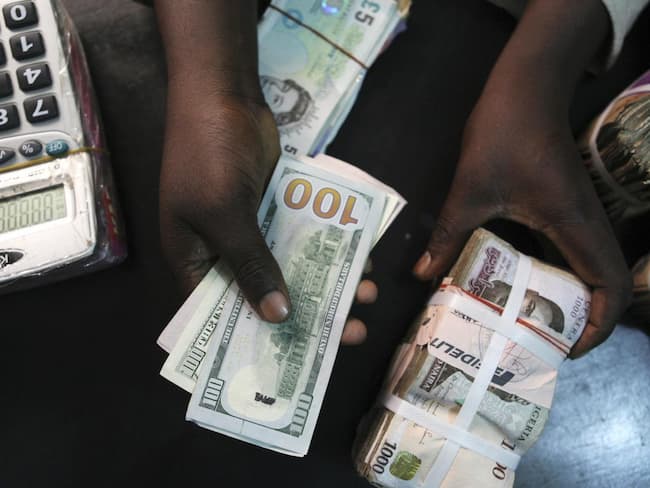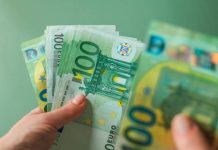The United States of America dollar, on Friday, September 8, remained near its lowest levels since early 2015 as European Central Bank President Mario Draghi’s suggestion that the ECB may begin tapering its massive stimulus program this autumn continued to underpin the euro.
The dollar index was down 0.5 percent at 91.177 against a basket of six major currencies on Friday, after earlier touching its lowest since January 2015.
The greenback was under pressure as long-dated Treasury yields fell to 10-month lows, with weak U.S. jobs data and worries about the impact of hurricanes Irma and Harvey on the world’s largest economy prompting demand for government debt.
Meanwhile expectations of another interest rate hike in the U.S. this year have subsided as stubbornly weak low inflation continues to surprise Federal Reserve policymakers.
In a speech on Thursday, New York Fed President William Dudley did not repeat an assertion from three weeks ago that he expects to raise rates once more this year.
An agreement to push U.S. debt ceiling talks three months down the road to December, coinciding with the Fed’s policy meeting, have also cut chances of another rate hike.
In Europe, the euro EUR= rose to a fresh 2-1/2 year high on Friday as currency bulls judged the central bank’s concerns about the strengthening currency at Thursday’s policy meeting as lukewarm at best.
“We think the ECB would be concerned about currency strength if that occurred at the same time as higher bond yields,” said analysts at Morgan Stanley, led by Hans Redeker, while reiterating their bullish view on the euro.
“The USD decline has gained momentum now after the Fed’s Dudley did not state explicitly that there would be a hike this year but instead focused on gradual removal of accommodation,” Morgan Stanley analysts added.
A Reuters report that ECB policymakers were in broad agreement that their next step will be reducing their bond purchases and discussed four options at their latest meeting also helped the euro on the day.
Meanwhile, euro jumped around 20 ticks to $1.2069 EUR=, putting it on track for its biggest weekly gain since end-June.













